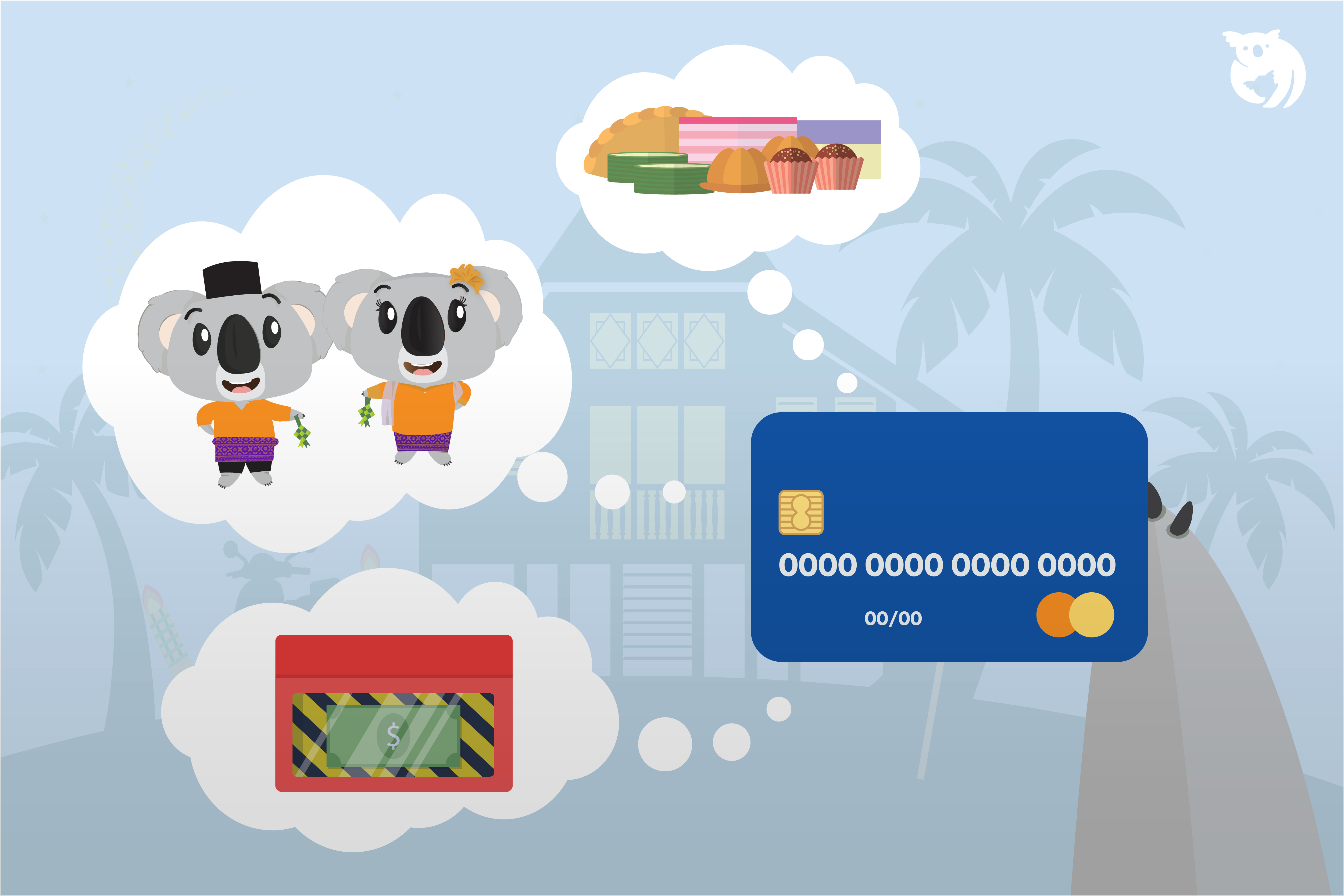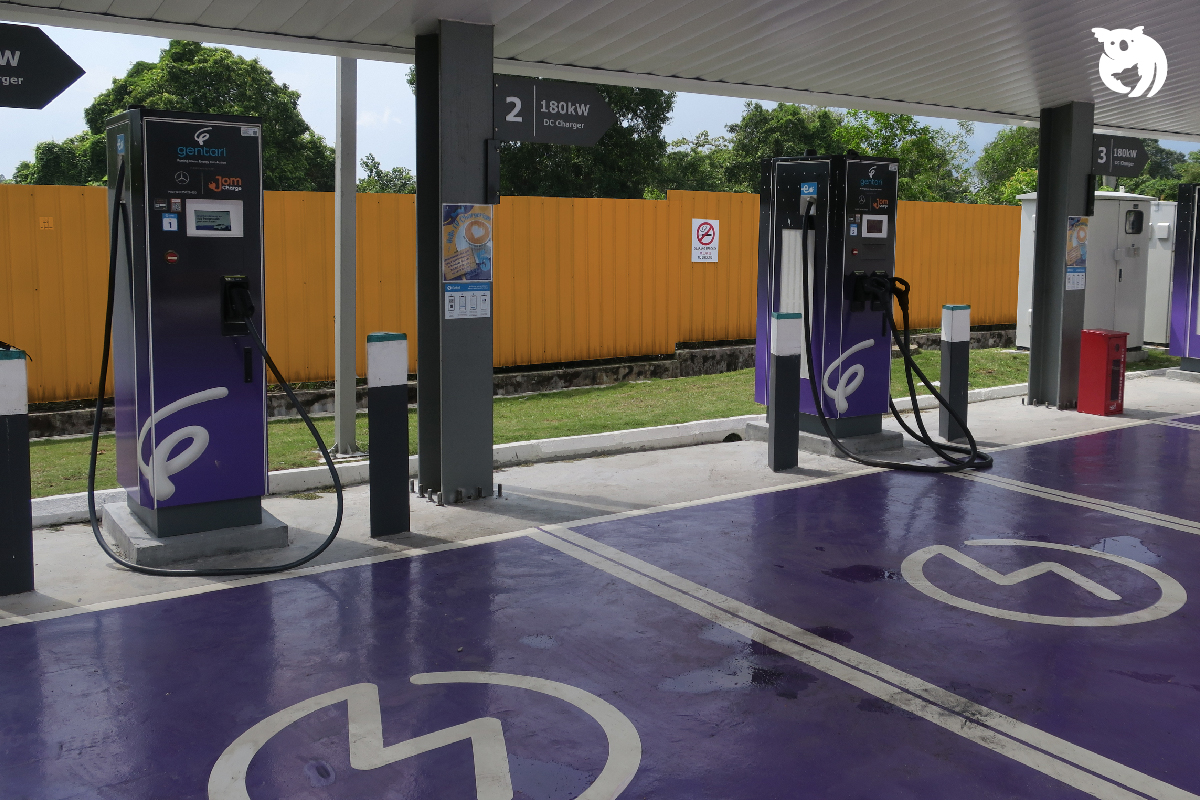How to spend money wisely during Raya? As Hari Raya approaches, many people are busy with preparations such as buying new Hari Raya clothes, new furniture and home accessories, and much more. In the excitement of preparing for Hari Raya, certain financial management measures need to be taken to avoid wastefulness or exceeding your budget and means.
Hari Raya Budget: Financial Management Tips to Avoid Debt Burden After Aidilfitri
During the joy and busyness of preparing for Aidilfitri, emphasis should be placed on financial management. This is because many are willing to take personal loans and dip into their savings just to have a completely new look on the morning of Eid. If not controlled, it can lead to high debt commitments after the festive season.
1. Baju Raya
Every time Hari Raya approaches, many choose to buy new Raya clothes. Some people feel that their attire is incomplete without having it tailored. However, specially tailored clothes are usually more expensive than regular ones. Therefore, it is advisable to shop within your means and avoid getting into unnecessary debts.
One practice you can adopt is to avoid buying new Baju Raya every year. Some people only wear their Eid clothes once and then keep them stored and unused in their closets. If you have a strong desire to buy new clothes, choose ones that are reasonably priced and can be worn repeatedly after Hari Raya.
Additionally, set a spending limit for each piece of clothing. For example, allocate RM100 to RM150 for adult Eid clothes and RM60 to RM70 for children’s Eid clothes. If you have six family members, you can follow a budget like the one below:
- Husband: RM100
- Wife: RM150
- First child: RM70
- Second child: RM70
- Third child: RM70
- Fourth child: RM70
- Total: RM530
However, this budget can be further reduced by using your existing Eid clothes that are still in good condition according to your financial capabilities. The most important thing is to ensure that the Eid clothes you buy can be worn multiple times to avoid wastage.
2. Traditional Eid Treats and Ketupat Rendang
Eid is incomplete without ketupat rendang and traditional Eid treats. However, which option is more cost-effective, making them yourself or buying them? If you want a large quantity of Eid treats, it is more economical to make them yourself. If you only want a small quantity, buying them from the supermarket is more cost-effective. This also applies to other Eid delicacies such as ketupat, rendang, lemang, and more.
For example, here is a budget for Eid treats that you can follow:
- Eid treats – RM100
- Ketupat – RM30
- Lemang – RM40
- Chicken and beef rendang – RM200
The total amount you need to allocate for Eid delicacies is: RM320
If you have a smaller budget, you can reduce the budget for Eid treats and lemang.
3. How to Spend Money Wisely During Raya? Give Duit Raya to Your Means
This is also a dilemma. How much duit raya should be given? Giving duit raya is a good practice as it is encouraged in Islam to give to the less fortunate. However, it is advisable to give duit raya according to your own means. Here are some tips you can follow:
- Exchange early hari raya denominations into smaller banknotes such as RM1 or RM5 to give to relatives’ children or visiting guests’ children.
- Prioritize giving Eidi to parents and your own children first.
- For example: RM50 x 4 = RM200 for parents, including spouse: RM50 x 3 = RM150 for three children.
- Allocate another RM100 – RM150 to give to relatives’ children
4. Avoid Using Credit Cards
For Hari Raya expenses, it is advised to avoid using credit cards. This is because you may tend to overspend based on desires rather than sticking to a suitable Hari Raya budget. Otherwise, you will have to bear high credit card debt later on. Even though Hari Raya is a once-a-year celebration, it is important to avoid getting into debt.
You need to ensure proper prioritization of needs. The recommended allocation breakdown by the Credit Counseling and Debt Management Agency (AKPK) is as follows:
- Household groceries and Hari Raya necessities – 20 percent
- Hari Raya clothing – 10 percent (or use existing clothes)
- Hari Raya money (duit raya) – 10 percent
- Emergency funds – 10 percent
If you follow this guideline, only 40 percent of the expenses are considered priorities or necessities. So, avoid impulsive shopping and stay disciplined by following the budget you have set.
In reality, there are many expenses that can be reduced, and the excess money can be used to increase savings for future use. This is also a suitable time to build savings and emergency funds.
5. Emergency Funds
Not only should you prepare for daily needs, but your Hari Raya budget should also include emergency funds. For example, if you’re on your way back to your hometown and your vehicle breaks down or stalls by the roadside, these emergency funds can be used to repair the vehicle.
As an example, you can allocate 25 percent of your overall Hari Raya budget for emergency funds. As the saying goes, “Prepare an umbrella before it rains.”

Embrace a Moderate Approach, Plan Your Expenses for Peace of Mind
Fundamentally, it is advised to adopt a modest and moderate approach to shopping. In the current economic situation, the best approach is to spend wisely and moderately, avoid getting into debt, and practice careful financial management.
Hari Raya should undoubtedly be celebrated joyfully, but it does not mean you have to spend all your savings and assets. Additionally, if you’re planning to return to your hometown but haven’t renewed your car insurance and road tax, don’t forget to renew them at Qoala.
Qoala is the most comprehensive insurance comparison and renewal platform in Malaysia. You can obtain the best insurance coverage policy for you from several top insurance companies in Malaysia. Visit the Qoala website for more information.

 EN
EN
 MY
MY








